New Jersey Tea Companion Plants That Will Thrive Together
New Jersey tea (Ceanothus americanus) is a native North American shrub that is known for its fragrant white flowers. It is a low-maintenance plant that is drought-tolerant and can grow in poor soil. New Jersey tea is a good choice for a sunny border or rock garden. It can also be used as a hedge or screen.
One of the best things about New Jersey tea is that it is easy to companion plant with other plants. When choosing companion plants, it is important to consider the following factors:
- Sunlight: New Jersey tea needs full sun, so companion plants should also be sun-loving.
- Water needs: New Jersey tea is drought-tolerant, so companion plants should also be able to tolerate dry conditions.
- Soil type: New Jersey tea prefers well-drained soil, so companion plants should also be able to tolerate this type of soil.
- Height: New Jersey tea grows to be about 3 feet tall, so companion plants should be similar in height or shorter.
- Bloom time: New Jersey tea blooms in late spring to early summer, so companion plants should bloom at the same time or later.
Here are some companion plants that will thrive with New Jersey tea:
- Butterfly weed (Asclepias tuberosa): Butterfly weed is a native North American wildflower that is a magnet for butterflies. It blooms in late summer to early fall, so it will provide late-season color in your garden. Butterfly weed prefers full sun and well-drained soil.
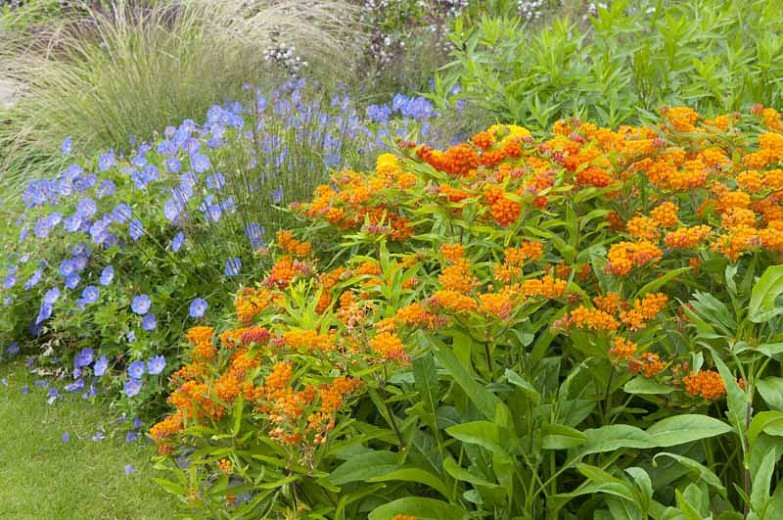
- Coneflower (Echinacea spp.): Coneflowers are another popular choice for companion planting with New Jersey tea. They come in a variety of colors, including purple, pink, and white. Coneflowers bloom in summer and fall, and they attract butterflies, bees, and other pollinators. Coneflowers prefer full sun and well-drained soil.
- Rough blazing star (Liatris aspera): Rough blazing star is a tall, showy wildflower that blooms in late summer to early fall. It has spiky purple flowers that attract butterflies and other pollinators. Rough blazing star prefers full sun and well-drained soil.
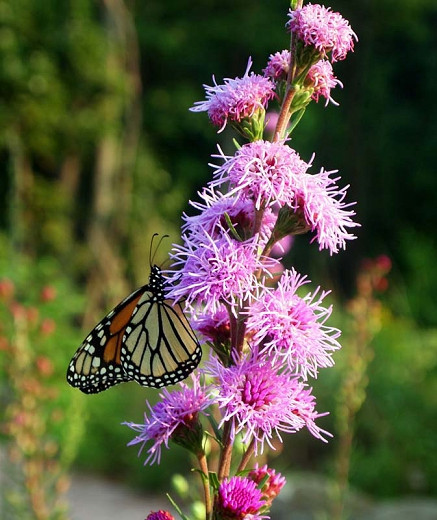
- Wild bergamot (Monarda fistulosa): Wild bergamot is a native North American wildflower that has fragrant purple flowers. It blooms in summer and attracts butterflies, bees, and other pollinators. Wild bergamot prefers full sun and well-drained soil.
- Indian grass (Sorghastrum nutans): Indian grass is a tall, native prairie grass that adds texture and movement to the garden. It blooms in late summer and fall, and it provides food and shelter for wildlife. Indian grass prefers full sun and well-drained soil.
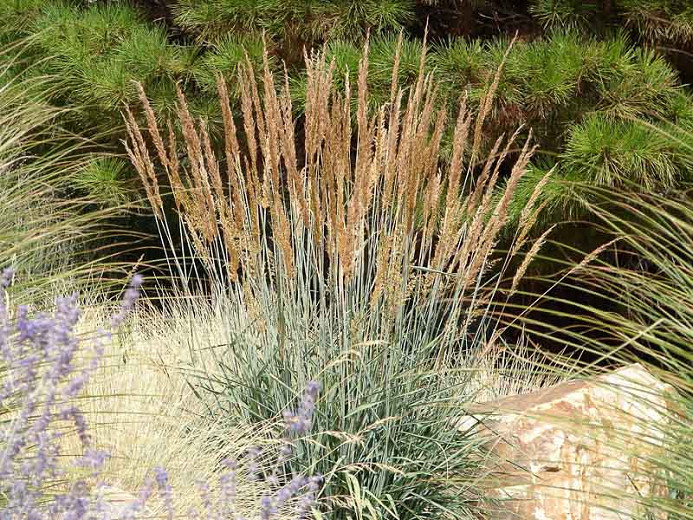
These are just a few of the many companion plants that will thrive with New Jersey tea. When choosing companion plants, it is important to experiment and find what works best in your garden.
New Jersey tea (Ceanothus americanus) is a low-maintenance shrub that is native to the eastern United States. It is known for its delicate white flowers, which bloom in the summer. New Jersey tea is a hardy plant that can tolerate a wide range of conditions, including drought, poor soil, and full sun.
One of the best things about New Jersey tea is that it is a great companion plant for other flowers. Some of the best companion plants for New Jersey tea include:
- Butterfly milkweed (Asclepias tuberosa): This plant attracts butterflies and other pollinators.
- Coneflowers (Echinacea spp.): These plants are also attractive to pollinators and can help to deter deer.
- Blazing stars (Liatris spp.): These plants add height and color to the garden.
- Little bluestem (Schizachyrium scoparium): This grass provides a contrasting texture to the New Jersey tea's flowers.
- Wild bergamot (Monarda fistulosa): This plant has a strong fragrance that can help to repel pests.
If you are looking for a low-maintenance, drought-tolerant shrub that will attract pollinators to your garden, New Jersey tea is a great option. To learn more about companion plants for New Jersey tea, please visit Gardenia Inspiration.
FAQ of new jersey tea companion plants
- What are some good companion plants for New Jersey tea?
New Jersey tea (Ceanothus americanus) is a native North American shrub that is known for its fragrant blue flowers. It is a hardy plant that can tolerate a variety of soil conditions and is relatively resistant to pests and diseases. Some good companion plants for New Jersey tea include:
* Asters: Asters attract butterflies and other pollinators, which can help to improve the pollination of New Jersey tea.
* Coneflowers: Coneflowers also attract butterflies and pollinators, and they can help to deter pests such as deer and rabbits.
* Echinacea: Echinacea is a medicinal plant that can help to boost the immune system of New Jersey tea.
* Ferns: Ferns provide shade and moisture for New Jersey tea, and they can help to suppress weeds.
* Wildflowers: Wildflowers add color and interest to the garden, and they can also help to attract pollinators.
- How far apart should New Jersey tea plants be planted?
New Jersey tea plants should be planted about 3-4 feet apart. This will give them enough space to grow and spread.
- When should New Jersey tea plants be watered?
New Jersey tea plants should be watered regularly, especially during hot, dry weather. However, they should not be overwatered, as this can lead to root rot.
- How can I fertilize New Jersey tea plants?
New Jersey tea plants do not need to be fertilized very often. A light application of fertilizer in the spring will help to promote new growth.
- How can I propagate New Jersey tea plants?
New Jersey tea plants can be propagated by taking cuttings in the spring or fall. Simply cut a 4-6 inch piece of stem from a healthy plant and remove the lower leaves. Plant the cutting in a pot of well-draining soil and keep it moist. The cutting should root in about 4-6 weeks.
Image of new jersey tea companion plants
5 images of New Jersey tea companion plants from Pinterest:
- Columbine: Columbine is a beautiful wildflower that blooms in shades of blue, pink, and white. It attracts butterflies and hummingbirds, and it can help to deter deer and rabbits.
- Bee Balm: Bee balm is a nectar-rich plant that attracts bees, butterflies, and hummingbirds. It also helps to repel mosquitoes and other pests.
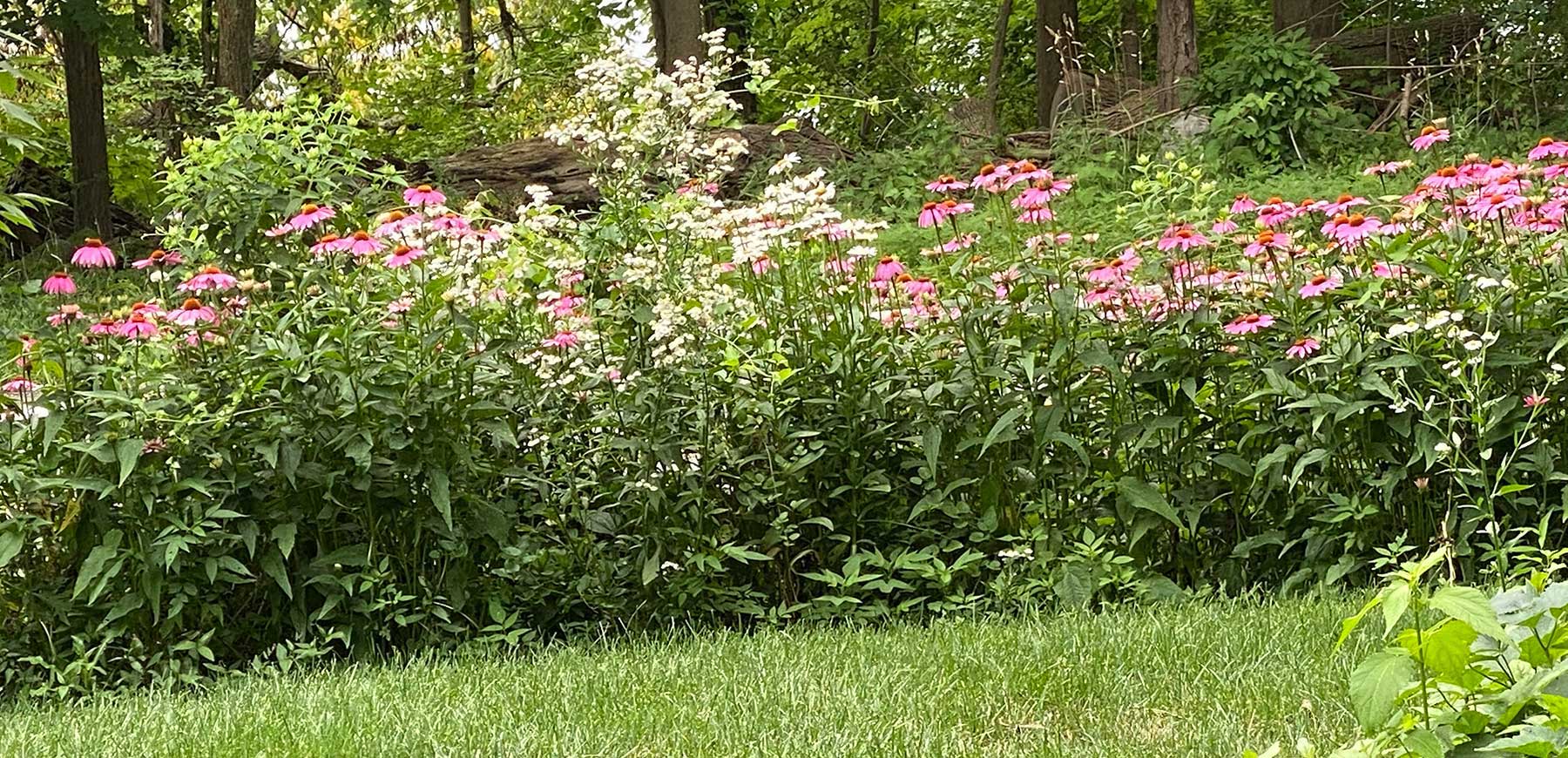
- Astilbe: Astilbe is a shade-tolerant plant that blooms in white, pink, or purple. It helps to suppress weeds and improve the soil.

- Daylily: Daylily is a low-maintenance plant that blooms for weeks in the summer. It attracts butterflies and hummingbirds, and it can help to deter deer.

- Salvia: Salvia is a drought-tolerant plant that blooms in shades of blue, purple, and pink. It attracts bees and butterflies, and it can help to repel mosquitoes.


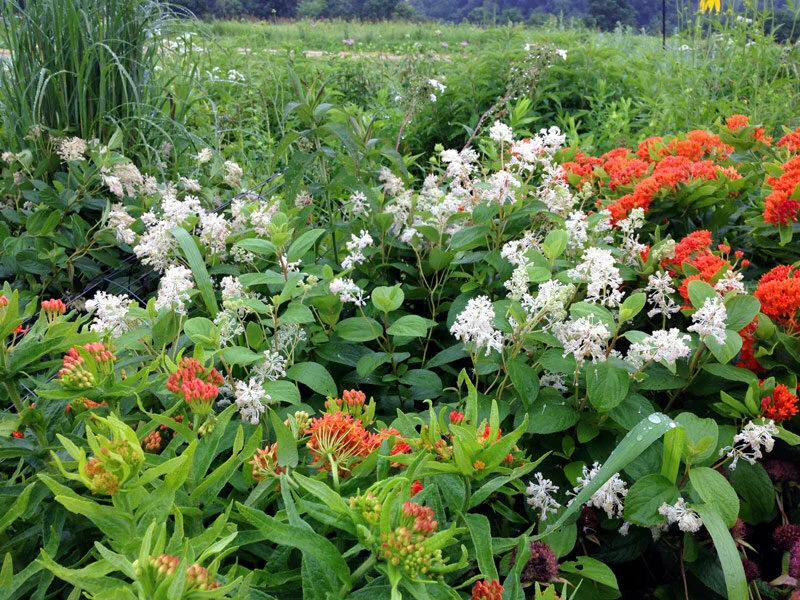
Post a Comment for " New Jersey Tea Companion Plants That Will Thrive Together"